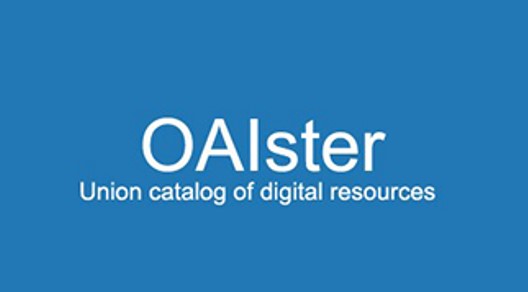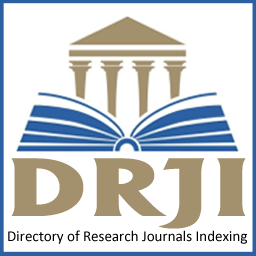Islamic finance and the global financial crisis: an empirical study
DOI:
https://doi.org/10.52502/ijfaema.v3i3.52Keywords:
finance , Islamic finance , global financial crisisAbstract
Islamic finance can no longer be dismissed as a passing fad or as an epiphenomenon of Islamic revivalism. Islamic financial institutions now operate in over 70 countries. Their assets have increased more than fortyfold since 1982 to exceed $200 billion. In 1996 and 1997, they have grown at respective annual rates of 24 and 26 per cent.1 By certain (probably overly optimistic) estimates, up to half of the savings of the Islamic world may in the near future end up being managed by Islamic financial institutions. The first Islamic banks were created in the 1970s, at the time when the aggiornamento of Islamic doctrine on banking matters was taking shape. At the time, Islamic banks were typically commercial banks operating on an interest-free basis. Today, as a consequence of broad changes in the political–economic environment, a new generation of Islamic financial institutions, more diverse and innovative, is emerging as the doctrine is undergoing a new aggiornamento. Perhaps the most important development has been the growing integration of Islamic finance into the global economy. There is now a Dow Jones Islamic Market Index, which tracks 600 companies (from inside and outside the Muslim world) whose products and services do not violate Islamic law. Foreign institutions such as Citibank have established Islamic banking subsidiaries, and many conventional banks – in the Muslim world but also in the United States and Europe – are now offering ‘Islamic products’ that are sometimes aimed at non-Muslims.
Downloads
Published
How to Cite
Issue
Section
License
Copyright (c) 2021 International Journal of Financial Accountability, Economics, Management, and Auditing (IJFAEMA)

This work is licensed under a Creative Commons Attribution-NonCommercial-NoDerivatives 4.0 International License.





























